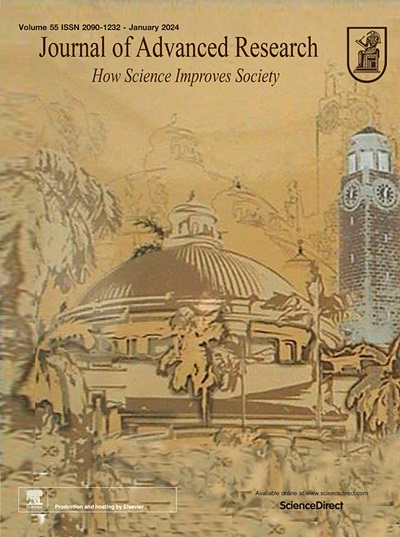An essential role of the E3 ubiquitin ligase RNF126 in ensuring meiosis I completion during spermatogenesis
IF 11.4
1区 综合性期刊
Q1 MULTIDISCIPLINARY SCIENCES
引用次数: 0
Abstract
Introduction
Homologous recombination repair during meiosis is essential for the exchange of genetic information between sister chromosomes, underpinning spermatogenesis and, consequently, fertility. The disruption of this process can lead to infertility, highlighting the importance of identifying the molecular actors involved.
Objectives
This study aims to elucidate the role of the E3 ubiquitin ligase Rnf126 in spermatogenesis and its impact on fertility, particularly through its involvement in meiotic homologous recombination repair.
Methods
We used heterozygous and homozygous Rnf126 deletion models in mouse testes to examine the consequences on testicular health, sperm count, and the process of spermatogenesis. Additionally, we explored the association between RNF126 gene missense variants and nonobstructive male infertility in patients, with a focus on their functional impact on the protein’s ubiquitin ligase activity.
Results
Rnf126 deletion led to testicular atrophy, disrupted seminiferous tubule structure, reduced sperm count, and spermatogenesis arrest at meiotic prophase I. Furthermore, male mice exhibited impaired homologous recombination repair and increased apoptosis within the seminiferous tubules. We identified four missense variants of the RNF126 (V68M, R241H, E261A, D253N) associated with male infertility. Specifically, the E261A and D253N variants, located in the RING domain, directly compromised the E3 ubiquitin ligase activity of RNF126.
Conclusion
Our findings demonstrate the pivotal role of RNF126 in maintaining spermatogenesis and fertility, offering insights into the molecular mechanisms underlying male infertility. The identified RNF126 variants present novel targets for diagnostic and therapeutic strategies in treating nonobstructive male infertility.
E3 泛素连接酶 RNF126 在精子发生过程中确保减数分裂 I 完成中的重要作用。
简介减数分裂过程中的同源重组修复对姐妹染色体之间的遗传信息交换至关重要,是精子发生和生育的基础。这一过程的破坏会导致不育,这就凸显了确定相关分子角色的重要性:本研究旨在阐明E3泛素连接酶Rnf126在精子发生中的作用及其对生育力的影响,特别是通过参与减数分裂同源重组修复:我们在小鼠睾丸中使用杂合子和同合子Rnf126缺失模型,研究其对睾丸健康、精子数量和精子发生过程的影响。此外,我们还探讨了RNF126基因错义变异与非梗阻性男性不育患者之间的关联,重点研究了它们对蛋白质泛素连接酶活性的功能影响:此外,雄性小鼠表现出同源重组修复受损和曲细精管内细胞凋亡增加。我们发现了四个与雄性不育症相关的RNF126基因错义变异(V68M、R241H、E261A、D253N)。具体来说,位于 RING 结构域的 E261A 和 D253N 变体直接损害了 RNF126 的 E3 泛素连接酶活性:我们的研究结果表明了RNF126在维持精子发生和生育能力方面的关键作用,为男性不育症的分子机制提供了新的视角。已发现的RNF126变体为治疗非梗阻性男性不育症的诊断和治疗策略提供了新的靶点。
本文章由计算机程序翻译,如有差异,请以英文原文为准。
求助全文
约1分钟内获得全文
求助全文
来源期刊

Journal of Advanced Research
Multidisciplinary-Multidisciplinary
CiteScore
21.60
自引率
0.90%
发文量
280
审稿时长
12 weeks
期刊介绍:
Journal of Advanced Research (J. Adv. Res.) is an applied/natural sciences, peer-reviewed journal that focuses on interdisciplinary research. The journal aims to contribute to applied research and knowledge worldwide through the publication of original and high-quality research articles in the fields of Medicine, Pharmaceutical Sciences, Dentistry, Physical Therapy, Veterinary Medicine, and Basic and Biological Sciences.
The following abstracting and indexing services cover the Journal of Advanced Research: PubMed/Medline, Essential Science Indicators, Web of Science, Scopus, PubMed Central, PubMed, Science Citation Index Expanded, Directory of Open Access Journals (DOAJ), and INSPEC.
 求助内容:
求助内容: 应助结果提醒方式:
应助结果提醒方式:


